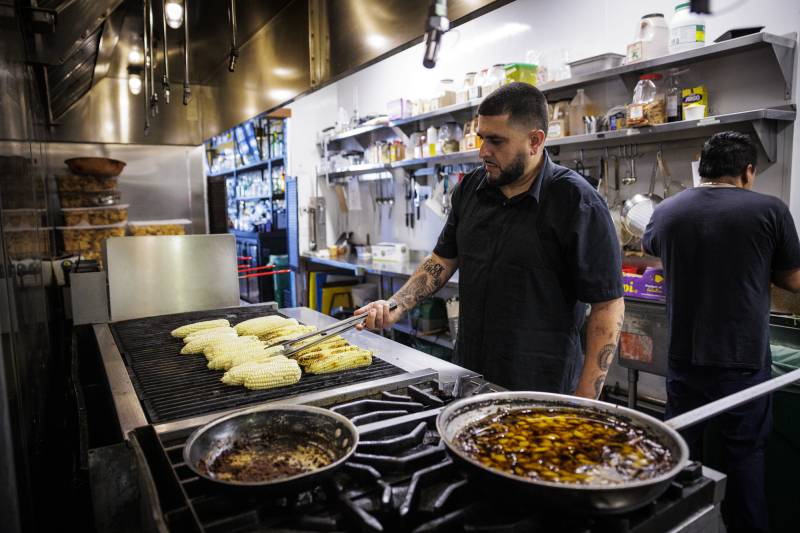California regulators approved new protections from dangerous heat for millions of workers in indoor places of employment, capping a contentious rulemaking process that dragged on for years.
The unanimous vote on Thursday by the Occupational Safety and Health Standards Board comes as the state faces what is forecast to be a hotter-than-average summer. With heat hazards for workers in California and beyond expected to intensify due to climate change, workplace safety advocates said the protections were critically urgent.
Under the new indoor heat regulations, which will take effect after review by the Office of Administrative Law, most employers must keep workplace temperatures below 87 degrees when feasible. If it’s not feasible, workers’ heat exposure should be reduced by using protective equipment or changing employees’ shifts.


